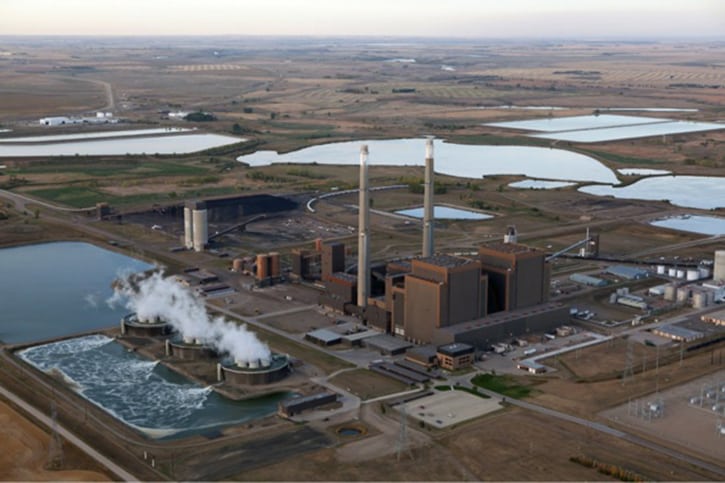U.S. Coal Fleet Continues Contractions Despite Looming Changes in Policy
Some of the U.S. coal market’s own product wound up in its stocking this Christmas season. Despite hope from the election of Donald Trump and a potential shift toward more coal-friendly energy policies, coal plant owners across the country continued the trend toward shutdowns and reduced operations that have marked the past few years.
Coal to Gas
On December 19, NRG Energy announced that it had completed 2,780 MW of coal-to-gas conversions at four plants in its fleet. The 11 units in Louisiana, Illinois, and Pennsylvania made the change in order to remain competitive and reduce their environmental impact, the company said.
“We modified units at four plants to switch from burning coal to natural gas, significantly reducing greenhouse gas and other emissions, while maintaining reliability in the system,” CEO Mauricio Gutierrez said. “Along with growing our renewables portfolio, these optimization projects keep NRG competitive while advancing on our sustainability commitments.”
The plants are Big Cajun II Generating Station in New Roads, La. (one unit), the Joliet Generating Station in Illinois (three units), and the Shawville Generating Station (four units) and the New Castle Generating Station (three units) in Pennsylvania.
Buy and Close
On December 21, Florida Power & Light (FPL) formally announced plans to retire the 250-MW Cedar Bay Generating Plant in Jacksonville. FPL bought the plant in 2015 with the express intent of shutting it down because the utility’s power-purchase agreement had become uncompetitive with its modern fleet of combined cycle plants. FPL said the deal will save its customers $70 million.
FPL is also in the process of completing a similar deal for the 330-MW Indiantown Power Plant, which it also plans to buy and shut down, thus saving its customers another $129 million. FPL has some of the lowest electric rates in the county in large part because of its heavy reliance on gas, and the company says its ongoing fleet modernization effort—in part a major shift away from coal and fuel oil—has saved its customers $8 billion since 2001.
An End to Baseload
Finally, Great River Energy (GRE), owner of the Coal Creek Station in North Dakota (Figure) said on Dec. 20 that it is transitioning the plant to cycling operation in order to stay competitive in the MISO market. The plant has been working hard to stay ahead of shifts in the regulatory and economic markets, and GRE ultimately decided that a move from baseload to flexible operations offered the best chance to stay economic.

“In the past, we wanted to park our power plants at the top,” GRE CEO Rick Lancaster said in a statement. “In today’s energy market, there is added value for plants that can reduce output—flexibility is an enviable trait.”
After making some “minor” operational changes and modifications to the plant, the 1,146-MW facility can now ramp down to less than 300 MW, GRE said. The company noted in its statement that the “rise of smaller, dispersed and intermittent renewable generation resources—primarily wind energy—has had major market effects that are shaking up the economics of baseload plants.”
President-elect Trump made ending the “war on coal” a major element of his campaign, but since the election, prominent figures in the coal industry have warned that coal will never return to its historical prominence.
“I’ve asked President-elect Trump to temper his comments about bringing coal miners back and bringing coal back. It will not happen,” Robert Murray, CEO of Murray Energy Corp. told POWER in a recent interview. “The destruction that has happened is permanent.”
—Thomas W. Overton, JD is a POWER associate editor (@thomas_overton, @POWERmagazine).